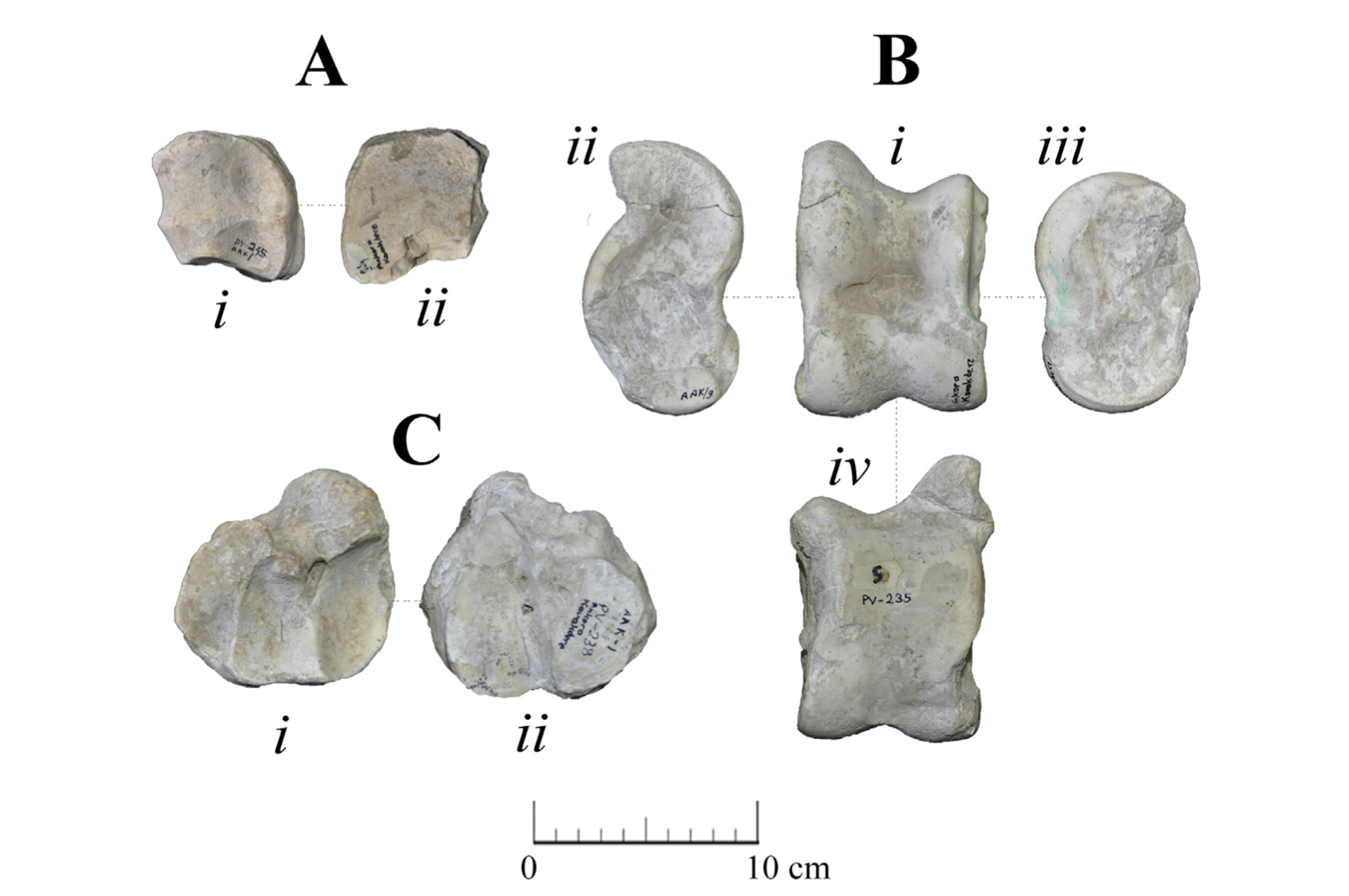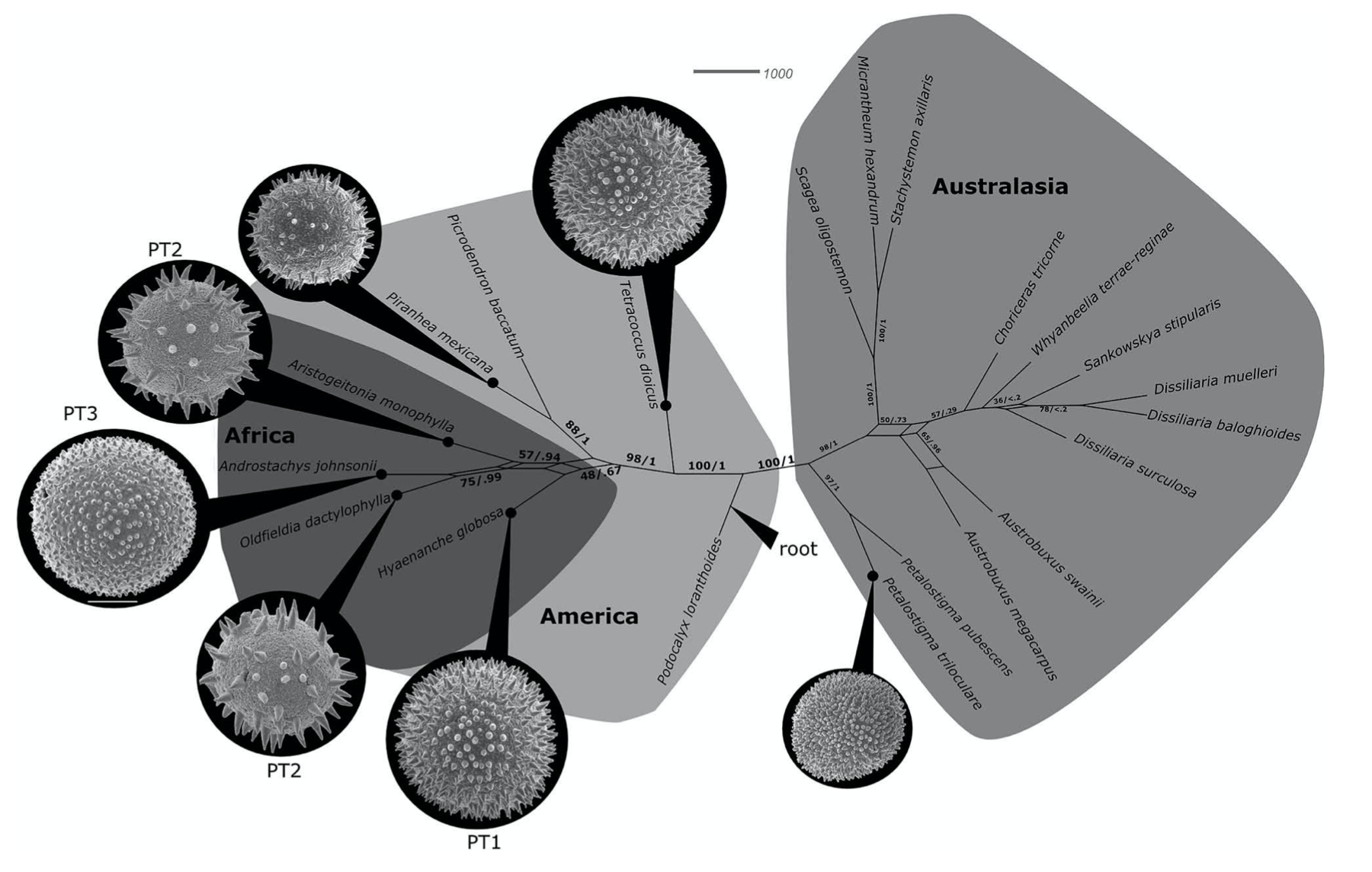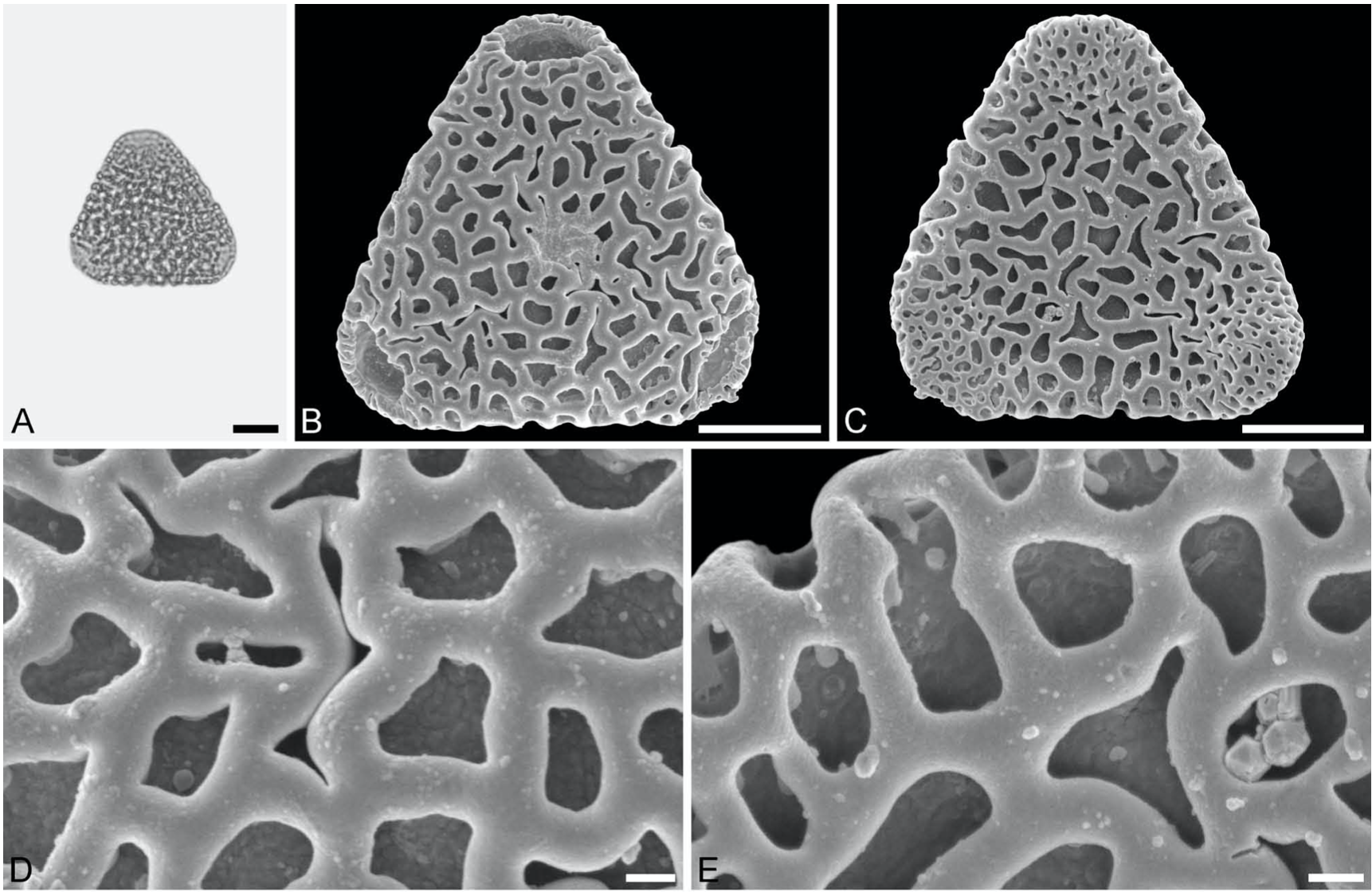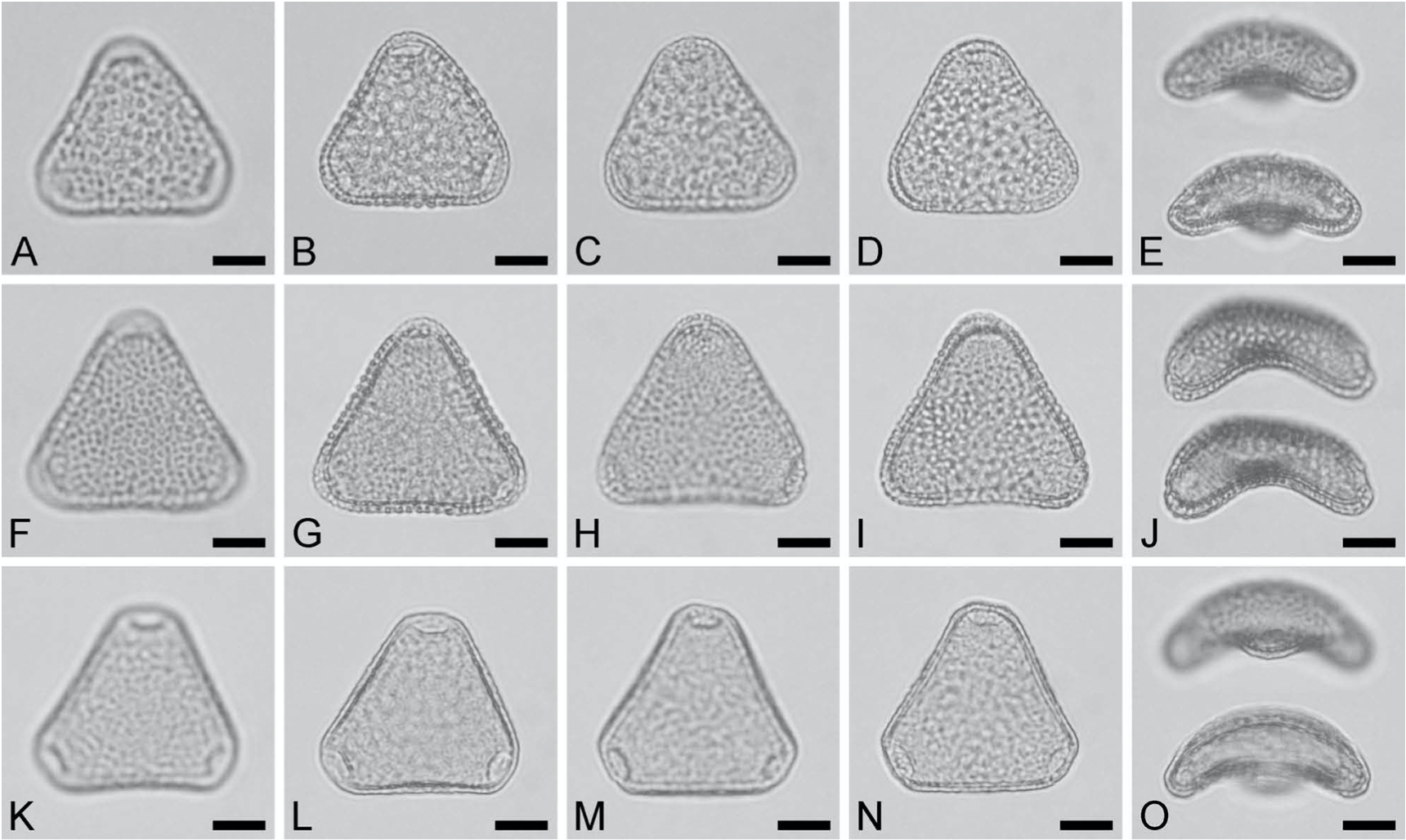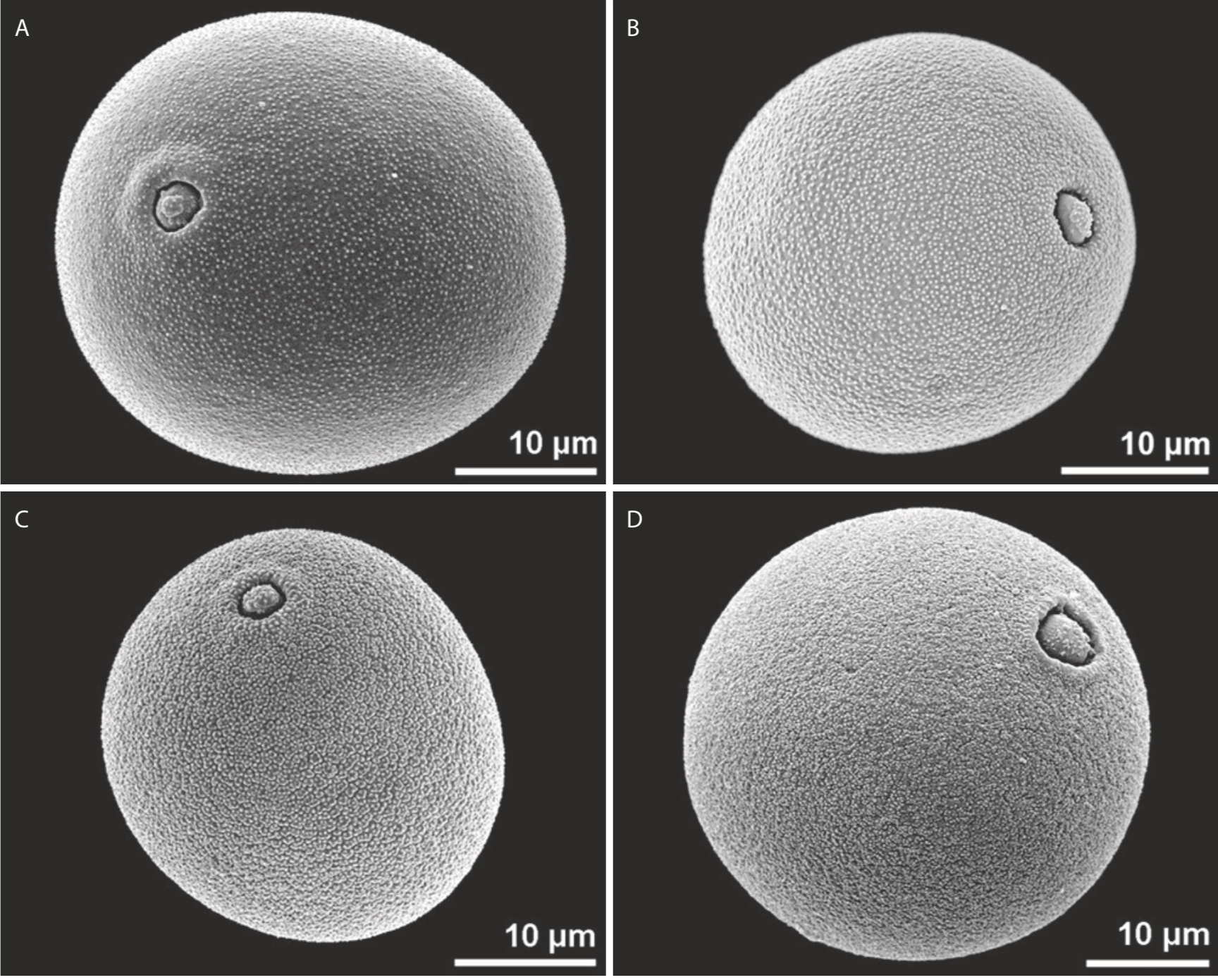Authors: Thomas Denk, Friðgeir Grímsson, Reinhard Zetter, Leifur A. Símonarson
The oldest plant fossils currently known from Iceland are ca 15 Ma, their deposition coinciding with the Mid-Miocene Climatic Optimum. At this time, forests in Iceland were dominated by mixed broadleaved deciduous and coniferous taxa with a few broadleaved evergreen genera such as Rhododendron and Ilex. Lowland forests were dominated byGlyptostrobus. Questions about the colonization history of Iceland or proto-Iceland are of particular interest since not much is known about the availability of effective land bridges allowing for colonization from Europe and/or North America at that time. In addition to geological data, in this chapter we use two lines of biological evidence to speculate about the early colonization of Iceland. First, we will examine the biogeographic patterns of key taxa such as Cryptomeria, Rhododendron ponticum-type, and Fagus friedrichii. Then we look at dispersal modes found in early colonizers of Iceland. Dispersal modes of at least some taxa indicate that Iceland was connected to the adjacent continents at the time of colonization. However, it cannot be determined when exactly this early colonization happened. The taxa recorded in the oldest sedimentary rocks in Iceland may have had different origins, either representing elements that were already present in the region since the Palaeogene or colonizing proto-Iceland from North America/Greenland and/or Europe later in the Neogene.
